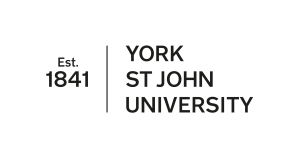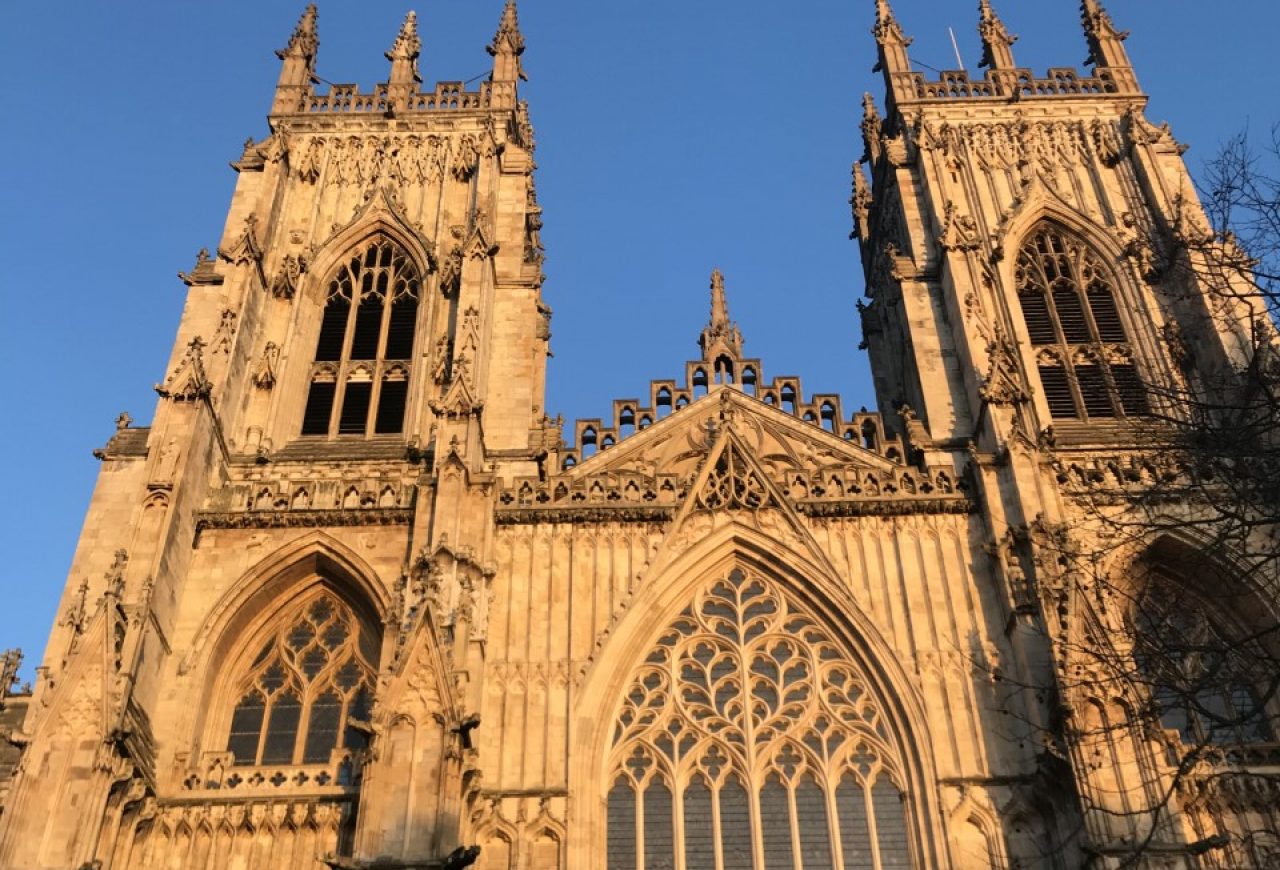The History/American Studies/War Studies YSJ blog is back! To start our new series of student work, we have second year student Layla Kershaw, who has been examining the city’s development in the finest detail during her placement at York Explore and learning much about how York has changed. Here, she highlights some of the exciting work she has been doing in the archive.
Volunteering with the York Explore Library and Archives provided a valuable perspective into the history of York and surrounding areas. This enabled me to understand and appreciate the city in multiple ways after being exposed to a range of materials detailing York’s developments and appeal throughout the years. The placement provided an insight into the role of an archivist while teaching plenty about York’s cultural, civic and communal past. I was fortunate to work with a variety of plans and records, each presenting an additional view of the streets and layers to the city of York.
One type of plan that stood out to me the most were the Goad shopping maps that were handled slightly differently to the rest of the archives we had worked on. These were incredibly detailed maps of York from the 1960s and 70s that were essentially a bird’s eye view of York’s retail and businesses. It was fascinating to see how the city had developed to such extent by the surprising amount of both independent and chain business that are no longer around, as well as the emerging of more modern businesses leading to a commercialised York. The maps perfectly detailed the layers of York and how it has developed economically and technologically. It is clear that the city and surrounding areas have advanced in its industry while modernising the retail and tourist aspects to York
We were provided magnifying glasses to aid us in this activity and gain the most out of the intricate plans and maps, making it an enjoyable experience throughout the voluntary hours. This task, though lengthy, was beneficial to gaining a great knowledge of the city of York, by listing each street, road and avenue from left to right. Each feature of the Goad shopping maps describes the fast change and development to York’s businesses and how it gradually became a popular city for tourists. It is evident in the plans how the city prepared and planned for the attractions and sights that are flourishing today.
The collection of plans aided my experience and knowledge of a career as an archivist further, analysing drawings and photographs as well as the maps. The archives offered a great insight into every aspect of York, such as its rivers, bar walls, bridges and churches, presenting their change and developments over time. Identifying York as a symbol of religion, community, history and industry is clearly indicated throughout the archives I worked on throughout the placement. These documents support York’s position and role as a city involved in trade and tourism, indicating how York has become popular as a tourist spot as it is so rich in history. Working on the architect’s and engineer’s plans with the archives at York Explore made it clear that York has plenty to offer to visitors and its community.







